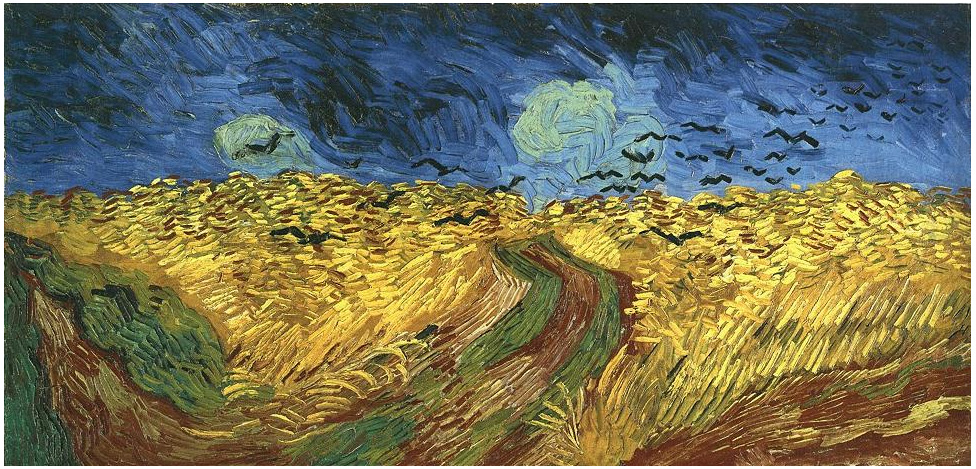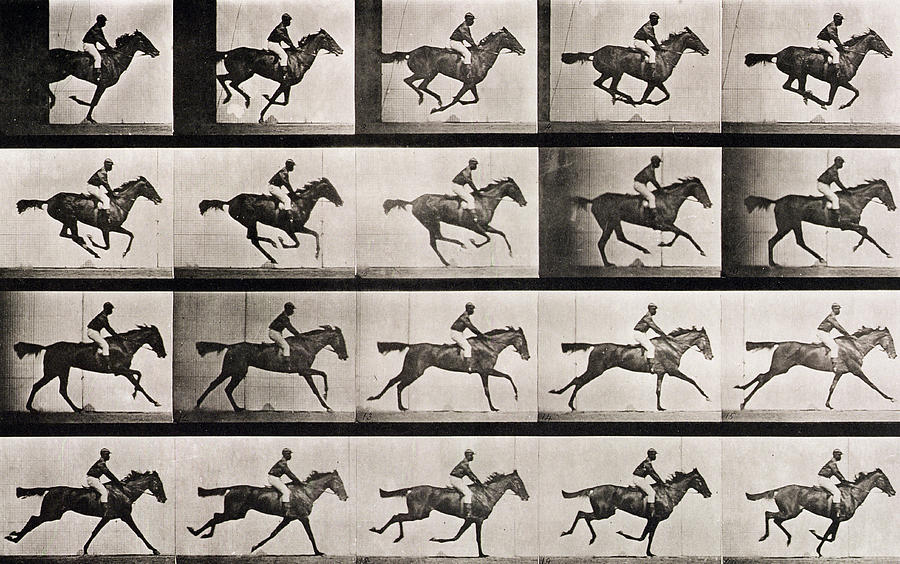Berger
Something that I really took from this article was the general idea that "A picture is worth a thousand words". I have always thought that this was a very true and very interesting especially because of all the different words that we have to describe all of our daily behaviors, actions and experiences fall short when we look at picture, or try to describe something that we have seen. I think this is why people stumble over words before saying the common phrase "you just had to be there" or why in the moment you'll hear people saying that they "just have to take a picture". I think this is absolutely because we lack the dialogue to fully explain things we've seen.
Then comes the issue of when we actually get to see a picture. Like the article says, learning more, in many ways, mystifies instead of clarifies. Instead of seeing a photo and feeling the force of being there, there is always something lacking. Even if one tries to place oneself in the situation, like the article stated, there is always something missing. For example: seeing a landscape
and viewing oneself there, but not seeing what else is around. That is the lack
of knowing. It is mystifying because while one feels that they are receiving all of the information by the photo there is always the knowledge that there is more than the photo, either in sight or experience.
For example, in the photo about one could feel that they are truly taking in the experience of being on a dock above beautiful water, but this photo provokes more questions than it answers. How long is the dock? What is behind the dock? Is this a private location or public spot? Where is this located? Is it even real, or is it a product of photoshop? All of these questions are born from the photo, not from the explanation of the photo.
Maybe this is why cubists were so popular? Because they showed so many angles in a single portrait and allowed for the observer to make their own conclusion, while also giving the observer lot of information.
In the explanation of a photo emotional text is often used and I think that this is because using emotional text is the best way to relate to that which we
don’t know. This is because most people are so familiar with emotions. To be told that a painting has blue lines that move slowly across the page and that they fade into a darker abyss doesn't capture the same response than if you say that the photo makes you feel sad. That the movement and color combine in such a way that gives the feeling of sadness and longing.
 |
| Picasso's last work |
Podcast
My favorite part of this podcast was the discussion of the galloping horse and the camera's ability to expand and condense time. I thought this was really interesting and I really liked getting to see what was being discussed in the powerpoint in class. Looking at all of the slides combined one after another made the images of the galloping horse pull together a lot like the end of La Jetee. It's a section where the mind and the eye want to "connect the dots" and create a flowing movement "video" but that is truly impossible. I think that refers back to the camera's ability to expand and condense time. While it can prompt the mind to expand time and "fill in the gaps" to create a more fluid image, the camera is still controlling time and condensing it into 20 short frames.


No comments:
Post a Comment